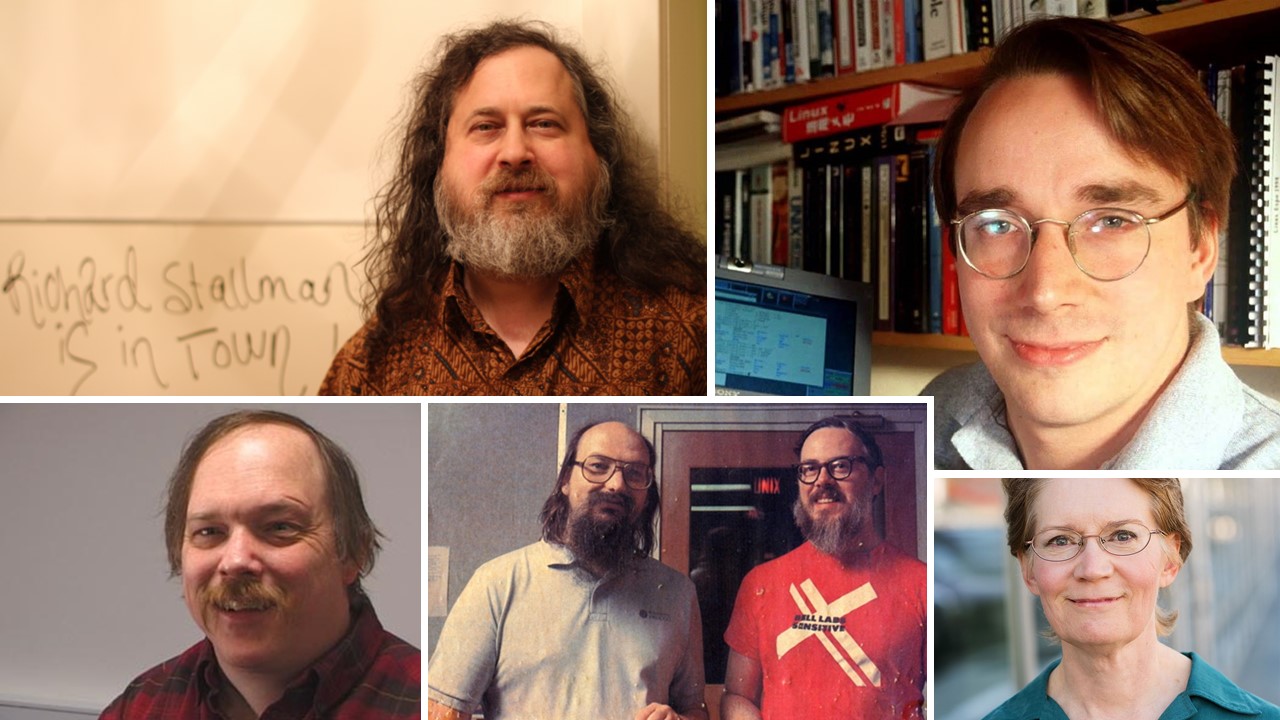
Author: Massimiliano Brolli, Pietro Cornelio
Publishing Date: 11/01/2021
Open source software is so present and integrated into our daily lives today that it would be difficult to think of a world without it.
Talking about Linux, Android, Apache, are just some of the names we use in everyday life, which have become common jargon, but behind their communities of developers who created them, there is an intense and convulsive history that is interesting to know, especially if you work in the IT sector where the concept of open source has revolutionized the market of software.
The history of open source, has its foundations far away, when at the dawn of computer science, programmers and developers shared software to learn from each other and to evolve the field of computer science.
We talked a lot about the MIT’s Tech Model Railroad Club, of hacker community, but also of the artificial intelligence departments of MIT and Stanford University. Academics have always collaborated for a common goal, that is, to increase their skills and therefore the skills of all, to improve the entire system, thinking that the contribution of each individual can lead to a huge advantage to the final result for the entire community.
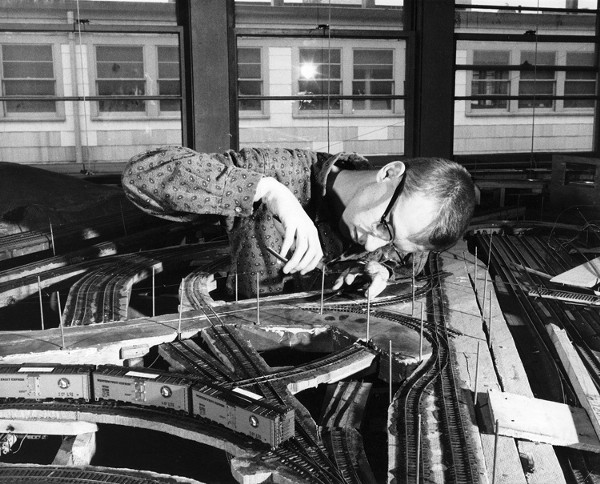
A student works on the model trains at the MIT Tech Model Railroad Club.
In fact, from the 50s to the early 70s, it was normal for computer users to have free and therefore open software, shared among people who used computers, which in that historical period were niche products, the prerogative of universities and large organizations.
At the time, business was selling hardware and therefore computer manufacturers appreciated the fact that people created and distributed software that in turn made their hardware useful for a specific purpose.
But in the early 70s, the complexity of the software and the costs it related increased dramatically, and the fast-growing software industry was competing with bundled software products made by hardware vendors, which were free because their cost was included in the cost of the hardware.
In 1969, the US government said that bundled software was anti-competitive, and from there everything changed and paid software began its escalation until the copyright law was extended to software in 1980.

Richard Stallman in a snapshot from time ago
Richard Stallman, a member of the hacker community and the MIT artificial intelligence laboratory, as well as the author of many software, in 1983 prophetically foreseeing that computer science would become a control of people in the near future, thought and formulated the concept of digital rights and freedoms of users and so he decided to start a project to write a NON-proprietary operating system called GNU, as he did not want to accept NON-disclosure agreements that would have led to the failure to share the source code, an unwritten law, but at the base of the hacker culture, born at MIT.
Then a year later, in October 1984, the “Free software Foundation” and the logic of copyleft came to life, that is, the exact opposite of copyright, and therefore the incentive to disclose and share the source code through the famous GPL (GNU Public License) a license that provides guarantees to protect users, written according to international laws.

CopyLeft, the exact opposite of CopyRight
The concept was simple and at the same time revolutionary. Where the Free source code goes, also goes the freedom to copy it, modify it, share it without ever being able to close it in proprietary software.
Always keep in mind this important piece in the history of computing, we will find it again soon when we talk about the logic of public disclosure, in bug hunting activities and therefore in the disclosure and transparency on vulnerabilities found in software products.
Meanwhile a student, Linus Torvalds, while attending the University of Helsinki, tired of the limits of the operating system license MINIX, which limited its use only to educational purposes, began to write its own kernel with the help of other hackers scattered around the planet.
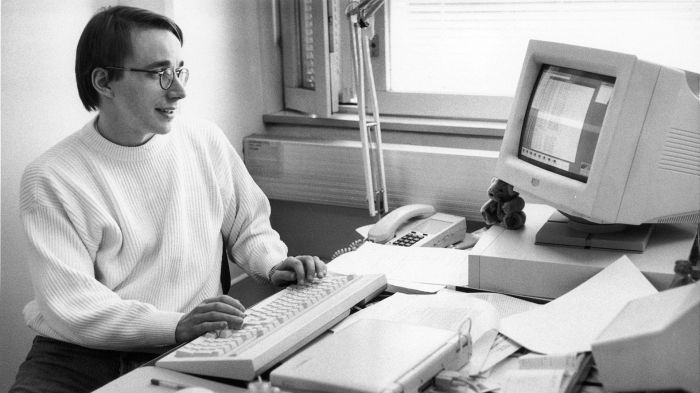
Linus Torvalds in front of a computer
At the beginning it was just a terminal emulator which then slowly, using free software from the GNU project, such as the compiler GCC, libraries, bash, studying the POSIX specifications (a term coined by Richard Stallman to define the standards for an operating system) managed to produce the first version of the Linux kernel 0.0.1, without a graphical interface, which was published on the Internet on September 17, 1991 and the second in October of the same year.
In 1991, a real “early shock” occurred in the world of computing, initially small, but which little by little proved to be a winner for the big names in Silicon Valley, as from the combination of the Linux kernel and the GNU project, the GNU/Linux operating system was released, distributed under the GPL license.
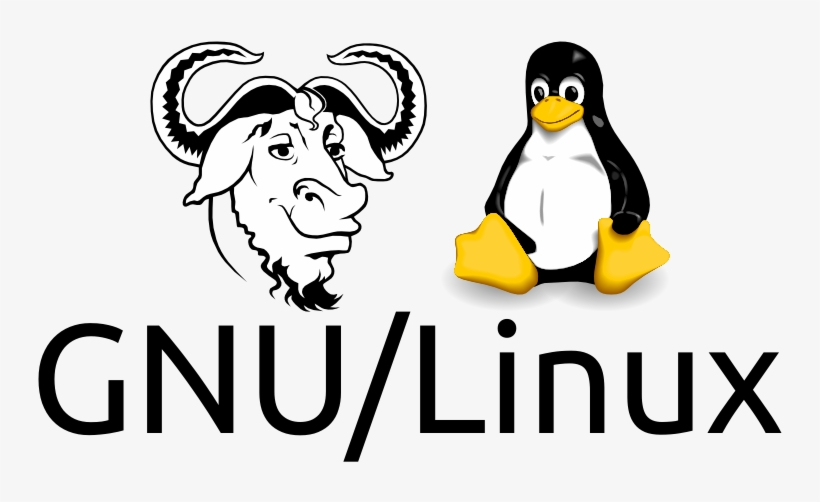
Eric Steven Raymond, andevangelist of the Free Software Foundation, in 1997 published the book “The Cathedral and the Bazaar”, which illustrated the differences between free software and commercial software.
While for the Cathedral each piece, before being built, must be validated by a commission with obvious slowdowns and inefficiencies, on the contrary the Baazar, is the emporium of the hacker mentality and therefore of new ideas, where each programmer could contribute in his own way, using the software freely and for free.
Everything began to evolve rapidly, in fact in 1998, thanks to this book, Netscape Communications Corporation released the popular Internet suite Mozilla (then Netscape Communicator) as free software leaving everyone speechless. Richard Stallman thought and coded in the GPL
“When we call software free, we mean that it respects the essential freedoms of the users: the freedom to run the program, to study the program, and to redistribute copies with or without modifications”
in fact in line with the logic of the hacker community, and added:
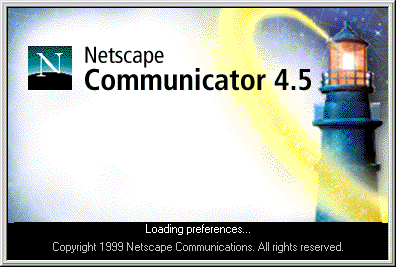
Netscape Communicator splash screen
And he added a historic quote:
“This is about freedom, not price. To understand the concept, think of free speech, not free beer.”
But the term “free software” for its intrinsic ambiguity (in English free means both free and free), was seen as discouraging from a commercial point of view, as well as a generator of confusion, so within the free software movement, a new term was proposed, namely “open source”, created by meteorologist Christine Peterson in 1998, together with Bruce Perens, Eric S. Raymond, Ockman who spoke of Open Source for the first time already in 1997.

Meteorologist Christine Peterson
There was then an ideological redefinition of free software, also highlighting its practical advantages for companies, which was very popular and was adopted by giants such as Netscape, IBM, Sun Microsystems and HP.
The “open source” label was officially created during a strategy session held on February 3, 1998 in Palo Alto, California, immediately after the announcement of the release of the source code of Netscape. Today there is the Open Source Initiative that started from that conference in 1998 https://opensource.org/
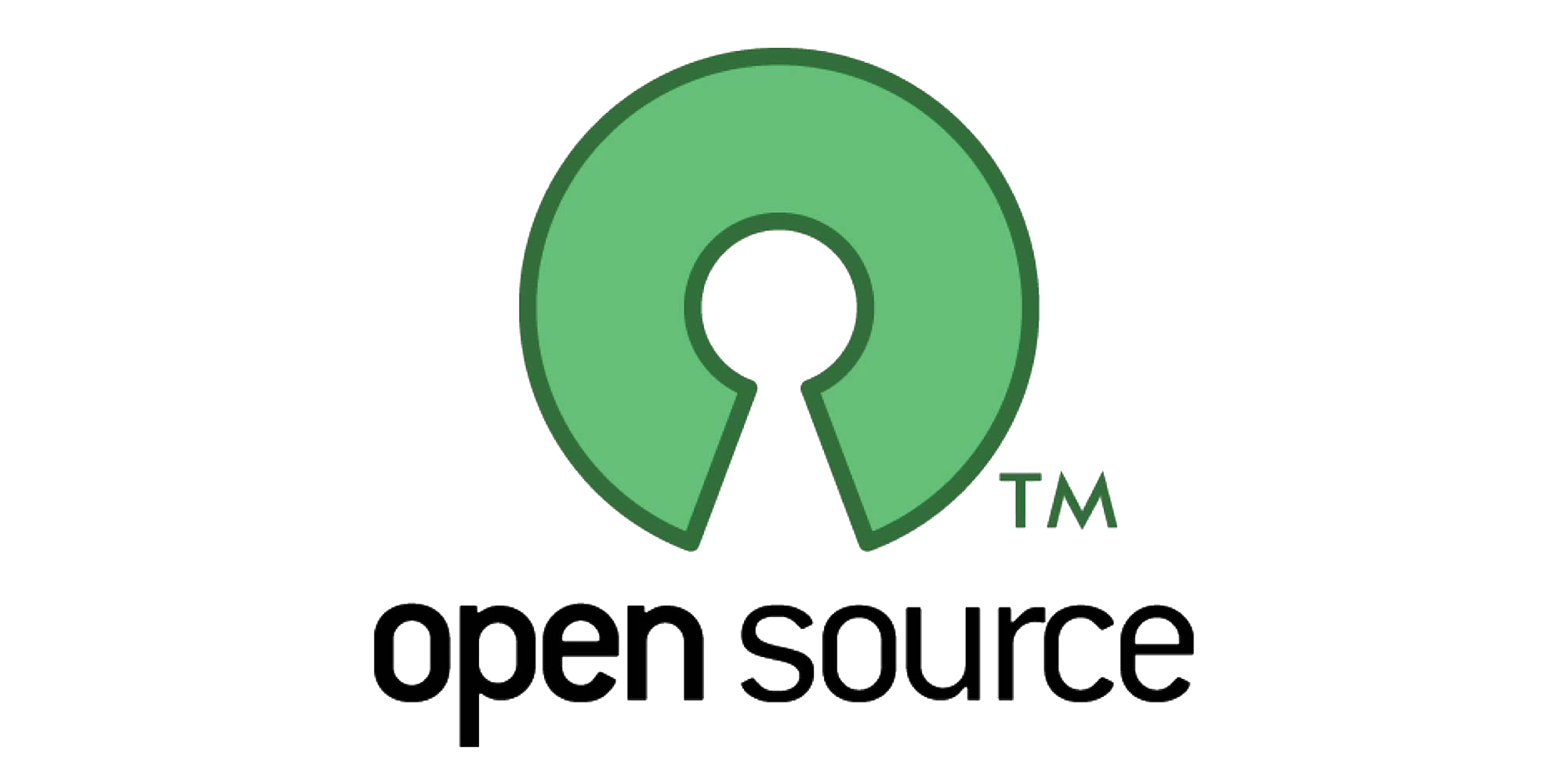
Open Source Label
So, although Open source and free software are similar models, there is a substantial difference. Defining a software as Open Source generically means that you can look at its source code, but the digital freedom of the Free Software Foundation is not necessarily guaranteed, because there are licenses such as BSD that allow you to take that code and close it in a proprietary software.
For Free software instead we mean free software, therefore philosophically purer, usable without limitations in freedom, but it can never become proprietary under penalty of legal, criminal and economic causes.
From then on, the history of the open source movement with its numerous licenses Apache, BSD, Mozilla, GPL, we know it well, between conventions, hacking, Linux distributions and software and software of all kinds, what all this has taught us is that many of the best things that man has done, have been done through collaboration and transparency and the presence of a solid community around it and that the logic of the closed model, in general, will sooner or later come to a decline.
A Microsoft executive said publicly in 2001: open source is a destroyer of intellectual property. Perhaps at the time it might have seemed correct to think this way, but today, is it still applicable?
Follow us on Google News to receive daily updates on cybersecurity. Contact us if you would like to report news, insights or content for publication.